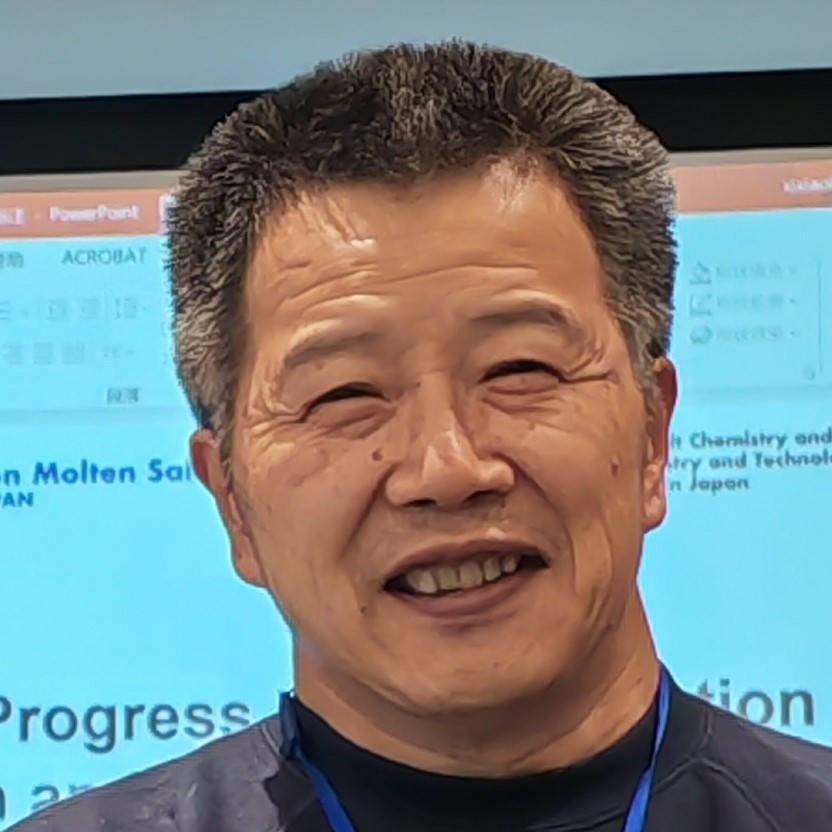Collection
Merit-hybridisation: Supercapattery, ion-capacitor and advanced energy stores
- Submission status
- Open
- Open for submission from
- 09 January 2024
- Submission deadline
- Ongoing
Energy storage technologies are the key to the effective utilisation of renewable energy and the mitigation of the climate impact from burning fossil fuels, which has already been demonstrated by, for example, the many storage stations in solar and wind farms and the fast growing market of electrical vehicles. Of all available options, electrochemical energy storage devices as represented by lithium ion batteries and supercapacitors are in the leading position, largely because of their modular nature, flexibility for applications and market acceptance or affordability. However, further improvements are still possible and desirable. For example, the weakness of lithium ion batteries includes low power density, limited cycle life and resource restriction, whilst supercapacitors can only offer relatively low energy storage density. The idea and demonstration of the merit-hybridisation of these two into one better performing device have emerged in the past decade.1,2 Although known by different names, such as supercapattery and lithium ion capacitor,1,2 these devices are typically constructed with a battery electrode and a supercapacitor electrode. The former stores charge according to the Nernstian process, and the latter achieves charge storage according to either or both of electric double layer capacitance and pseudocapacitance (i.e. Faradaic capacitance). Whilst experimental studies have shown excellent performances,3-6 theoretical calculations predict higher values of specific energy capacity. For example, a supercapattery with a sodium metal negative electrode (4195 C/g) and an activate carbon positive electrode (400 F/g) in a liquid salt electrolyte (175 oC) between 0.5 V and 3.5 V can offer 445 Wh/kg in energy capacity. From a conservative view, replacing sodium by lithium (13900 C/g) could lead to a capacity greater than 1000 Wh/kg. Such an exciting prospect should encourage more efforts and resources for further investigation and development in supercapatteries and similar advanced electrochemical energy stores. This special issue of Journal of Solid State Electrochemistry aims to assist this development from angles of basic understanding and research innovation.
References
1. G. Z. Chen, Int. Mater. Rev., 62 (2017) 173.
2. J. Ding, W. Hu, E. Paek, D. Mitlin, Chem. Rev., 118 (2018) 6457.
3. S. Lin, C. Y. Zhang, Z. Y. Wang, S. Dai, X. B. Jin, Adv. Energy Mater., 7 (2017) 1700766.
4. Y. G. Zhu, G. Leverick, A. Accogli, K. Gordiz, Y. Zhang, Y. Shao-Horn, Energy Environ. Sci., 15 (2022) 4636-4646.
5. K. Wang, Z. Chen, K. Liu, C. Yang, H. Zhang, Y. Wu, Y. Long, H. Liu, Y. Jin, M. Li, H. Wu, Energy Environ. Sci., 15 (2022) 5229.
6. Q. Guo, P. Y. Fan, Y. H. Zhang, L. Guan, H. Wang, A. Croft, G. Z.Chen, RSC Sustain., (2024) online.
https://doi.org/10.1039/D3SU00197K
Editors
-
George Z. Chen
(PhD, DIC, CChem, FRSC, FIMMM; http://orcid.org/0000-0002-5589-5767) is full professor of electrochemical technologies at the University of Nottingham, England. He started his academic career from 1982 in China and developed it in the UK. Having received training in electrochemistry at both the MSc and PhD levels, he is now undertaking interdisciplinary research under the theme of "Electrochemical technologies and liquid salts innovations for materials, energy and environment". His current research interests include supercapattery and molten salts based electrochemical processes and devices.
Articles
Articles will be displayed here once they are published.


